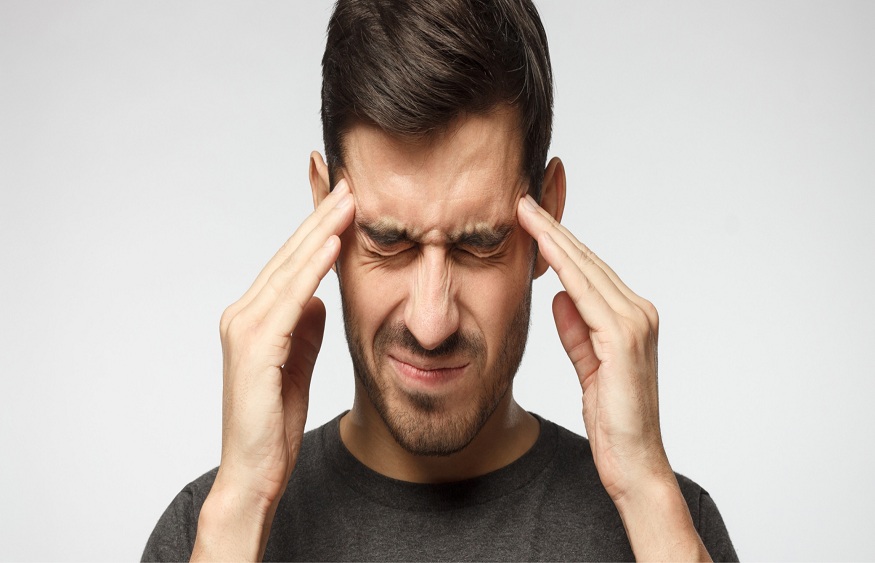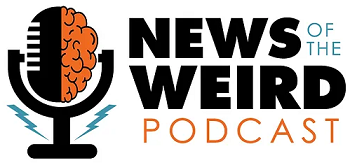
It is a very disturbing, even unbearable pain. People who suffer from headaches sometimes have to miss work. There are two types of headache, tension headache and migraine.
TENSION HEADACHES
Symptoms
Tension headaches are much more common than migraines: up to 75% of the population could have them. The pain is felt as pressure or tightness, starting in the forehead and sometimes behind the head and neck. The pain is bothersome, but not very strong. Light and noise can make the problem worse, but physical activity does not change it. It is not accompanied by nausea and sets in quite gradually.
Le diagnostic
Although inconvenient, it is not serious. This type of headache never appears after 50 years. If you see a doctor for this problem, a good questionnaire and an appropriate physical examination will usually be enough to confirm the diagnosis. Complementary examinations are most of the time unnecessary.
Causes and treatment
Tension headache is treated with acetaminophen (Tylenol) or ibuprofen (Advil or Motrin). Several factors can trigger tension headaches: anxiety, fatigue, physical exertion or poor posture. In order to avoid relapses, it is interesting to determine, correct or avoid the triggering factors. In some people, these headaches can be very frequent, ie occur more than 15 days per month. In this case, it is important to consult in order to receive appropriate medication and eliminate the problem. This medication will be taken every day to prevent the headache from setting in.
MIGRAINES
Symptoms
Migraine is quite different. It affects 1 in 4 women and 1 in 12 men. The pain is often felt on one side of the head, is usually throbbing and is usually accompanied by nausea and sometimes vomiting. It is more intense than the pain of tension headaches. It can last from a few hours to a few days. Head movements and physical activity usually increase the intensity of the pain.
In some people, an “aura” precedes the migraine. This is an alarm signal indicating the imminence of a migraine. This is most often a flash of light or a change in vision. The aura can also manifest itself in the form of tingling or numbness in an arm or more rarely in a leg. The aura usually lasts less than an hour, then the migraine appears within an hour.
Le diagnostic
As with tension headache, the diagnosis is mainly based on a questionnaire and a complete physical examination. In those with atypical manifestations, additional tests will be ordered to look for more serious causes of headaches.
Causes and treatment
Migraine triggers are very different from those listed above for tension headaches and vary greatly from person to person. For some, stress and fatigue are responsible. For others, food, irregular meals, the menstrual period or certain medications will be to blame. Migraineurs have every interest in keeping a diary in order to determine the triggering factor and correct it. The lucky ones will be relieved by acetaminophen or ibuprofen. However, for many, prescription drugs will be necessary. Nausea and vomiting can be treated with Gravol.
CONSULT URGENTLY
If you have a first headache after the age of 50, if it is different from any headache you have had before, if it is the worst in your life or if it starts suddenly, you must consult a doctor. . In this case, some tests will be carried out in order to find the origin of the problem. Much more serious causes, such as a bleed in the head, a tumor, or an infection, can cause this kind of headache.
Remember that the vast majority of headaches, although very disturbing, are harmless. They are more easily prevented than they are treated. Rest and a healthy lifestyle are the key to success!



